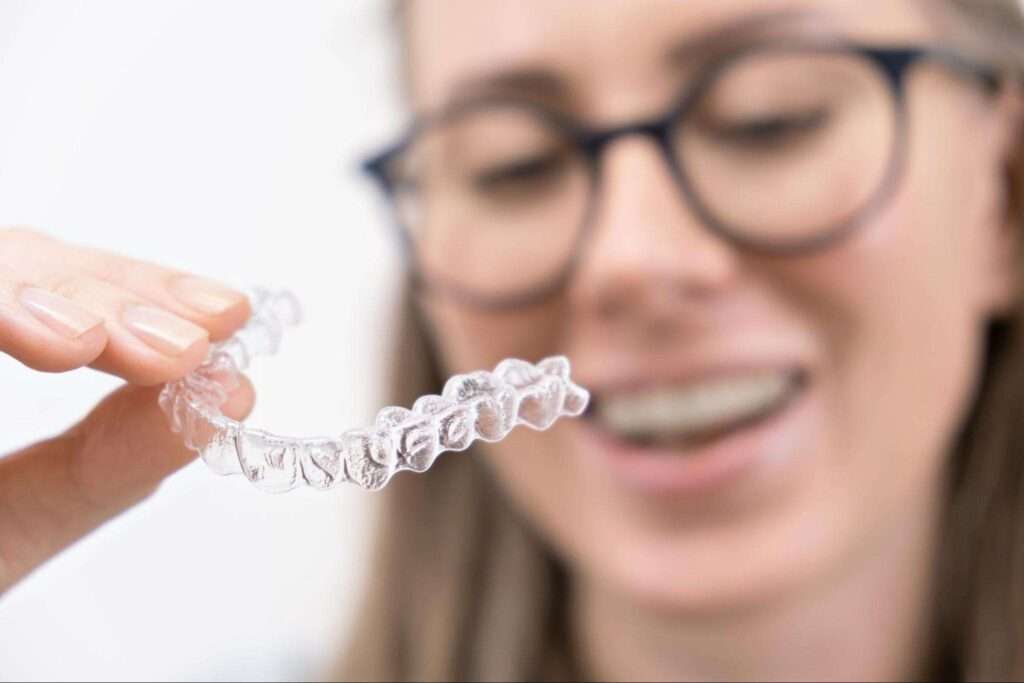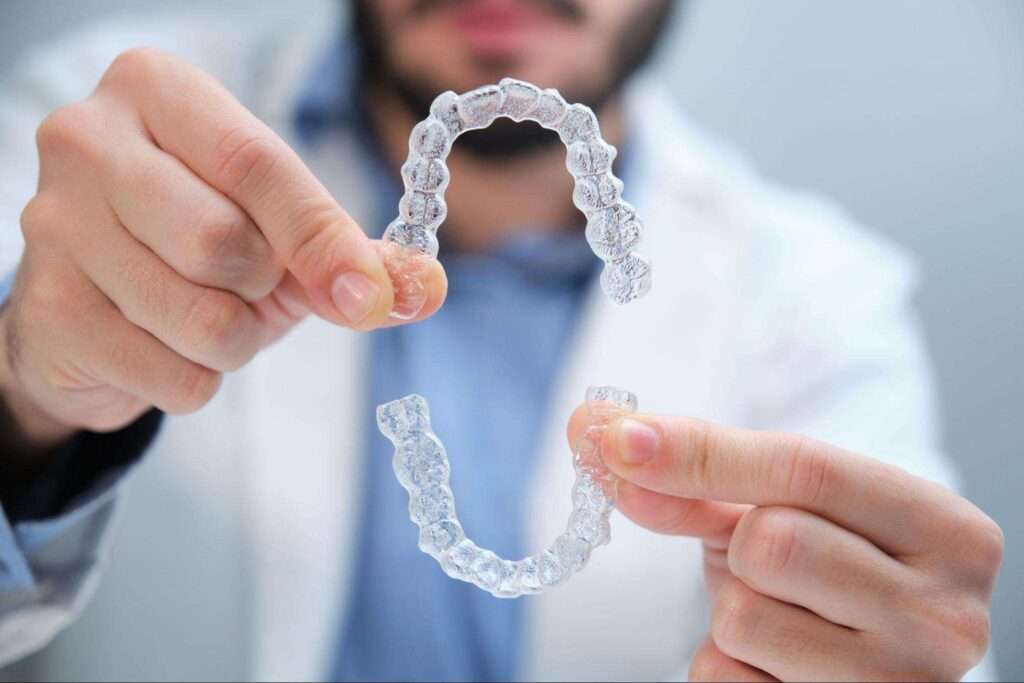How Long Do Braces Take to Straighten Teeth in Adults vs Teens?
The standard duration needed for braces treatment ranges from one to three years. The time required for braces differs fundamentally between teenage patients and adult patients. The short duration of this timeframe mostly applies to teen patients but adults typically require more time for treatment. Braces remain the primary method of teeth alignment that people have used over multiple years. Treatment success in dental alignment exists but the duration can substantially differ depending on a person’s age together with their features. So let’s explore how long braces take to straighten teeth. How Long Do Braces Take to Straighten Teeth? Received treatment opportunities that aim to straighten teeth are one of the main concerns people have for braces. Brace treatment duration varies because three essential factors including dental condition severity and brace system choice alongside patient age need consideration. The process of tooth alignment with braces requires a timeframe ranging from one to three years. Teenage teeth typically need shorter braces treatments since their jaws are still developing and bone structure is flexible. Additional time is needed for adults because their bone growth is finished which causes the straightening process to slow down. Patients dealing with minor crowding might need treatment for 6 months. Serious overcrowding problems alongside bite issues can extend the full treatment duration to one to three years. Are Braces Painful? Do’s and Don’ts Accommodating braces for proper teeth alignment requires people to understand whether the process includes pain. The proper care helps people handle the expected mild discomfort which mainly occurs during orthodontic adjustments. Do’s: Don’ts: The proper care practices combined with patience will help braces deliver a comfortable transformation of your smile. How Long Do Braces Take to Straighten Teeth for Adults? Do you want to know deep insights about how long do braces take to straighten teeth for adults, read this section thoroughly. The answer depends on the complexity of the dental issue you are facing. Normally speaking, adults need between 3 to 36 months to achieve the right teeth alignment. One reason adult treatment can take longer is that their teeth are more set in place, and their bone density is higher than that of teens. Moreover, there are multiple additional issues with adults, such as gum disease or missing teeth. These could prolong treatment. Additionally, many modern orthodontic tools, like clear orthodontic braces, have made the process reliable for adults. For example, clear aligners are best for those who want to straighten their teeth without getting noticed due to metal braces. Why Teens Have a Shorter Treatment Time? Teens have the benefit of availing the shorter treatment durations because their jaws are still developing. The process of teeth alignment with braces becomes more effective because of the teeth ‘fixed position. The process of braces for teens with mild to moderate dental problems can usually achieve tooth alignment during a timeframe of 12 to 24 months. The likelihood of teens correctly following post-treatment instructions regarding retainers and other appliances increases because they are under orthodontic care. Types of Braces Traditional Metal Braces Orthodontic patients need to understand the available choices of braces before starting their treatment. Choosing among different kinds of braces influences both the duration of tooth straightening procedures and their advantages in relation to disadvantages. The most standard type of braces exists for their efficiency in treating crowded teeth and multiple dental irregularities. Metal brackets along with wires make up this system and require periodic wire tightness to move teeth gradually into their proper position. Ceramic Braces The tooth-colored and clear brackets that make up ceramic braces result in a less visible orthodontic treatment. Ceramic braces show more fragility during treatment while needing a slight added time for the procedure. Lingual Braces The brackets of these brackets sit on the hidden tooth surfaces which make them practically unseen by others. The teeth adjustment process using this treatment takes a longer time although initial discomfort can occur. Clear Aligners FirstClass Aligners along with other clear aligners provides adults with an inconspicuous teeth-straightening solution. These clear aligners effectively treat cases of mild to moderate severity because they come out for eating and oral hygiene purposes. The treatment demands continuous use to function properly. Additional Orthodontic Tools Like the query of orthodontists vs dentists, there are questions related to orthodontic tools. The correct position of teeth may require more than solo braces treatment in particular situations. The orthodontist could suggest complementary tools if certain conditions apply. Palatal Expanders A particular tool that traction specialists use to expand the upper jaw during adolescence proves beneficial for adult patients under selected conditions. Rubber Bands The alignment of jaws through bite correction requires rubber bands that create additional force to treat both underbites and overbites. Clear Orthodontic Retainers The removal of clear aligners requires clear retainers to achieve successful results in maintaining proper tooth arrangement. Clear retainer products are well-liked by many patients because they provide both excellent visibility and comfort to users. Dentist vs. Orthodontist- Who Should You See for Braces Issues? One question might arise in your mind when considering braces-Whom should I see? Due to their expertise dentists handle the installation of clear aligners which represent a category of minor orthodontic treatments. As experts in orthodontics understand all possible conditions that arise from tooth and jaw misalignment. Specialist orthodontists deliver exact treatment through unique tools because they possess expert-level training. An orthodontist selection might be the best option to achieve superior treatment and achieve wanted results with straight teeth. Post-Treatment: Types of Retainers Your clear aligner removal brings about a fresh new responsibility toward wearing retainers. The maintenance of your straightened teeth depends on using retainers to stop them from moving back to their initial placement. Clear Retainers The adult population along with teens choose these clear retainers because they are removable and difficult to notice. Hawley Retainers Metal wire-retainers with acrylic components offer a versatile and durable option though they remain visible to others. Fixed Retainers Your teeth receive permanent maintenance support through
How Long Do Braces Take to Straighten Teeth in Adults vs Teens? Read More »








